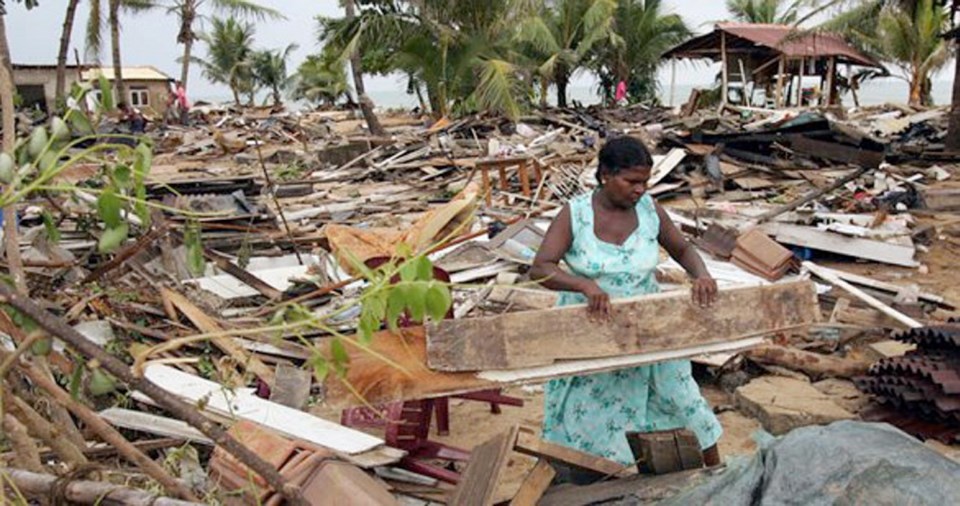ALEX STRACHAN
Postmedia News
The 2004 Boxing Day tsunami that tore through wide swaths of Indonesia and washed over low-lying coastlines from Thailand to Somalia has been recounted in innumerable dramatized films and TV programs, most recently in J.A. Bayona’s The Impossible, which featured an Oscar-nominated performance by Naomi Watts.
Fictionalized dramatizations help put a human face on tragedies we otherwise might not know about, or else see in all-too-brief, emotionally detached accounts on the nightly news. As Saturday’s Passionate Eye documentary special Tsunami: Caught on Camera shows, though, the nightly news can only do so much in capturing the scale and disruption to lives caused by natural disasters.
The 2004 undersea earthquake and subsequent tsunami killed more than 200,000 people — the true number may never be known — and coincided with the new digital age of cellphone cameras and portable, hand-held video cams. By the time of the 2007 London terror attacks, consumer technology had advanced to the point where everyday people could record every event they witnessed, live as it happened, in digital-quality video.
If the September 2001 New York City terror attacks were the most recorded and photographed news event in human history, personal footage of the 2004 tsunami — on a faraway continent, far removed from the world’s media centres — was even more remarkable. Fictional films like The Impossible and the HBO miniseries Tsunami: The Aftermath were based on first-person accounts of the survivors, but Tsunami: Caught on Camera brings those accounts to life as they happened, through the eyes and ears of those who were there.
U.K. company Darlow Smithson Productions, maker of the programs Hawking, How to Build a Bionic Man and Richard III: The King in the Car Park, among others, has combined jittery video, audio recordings and hurried snapshots into a minute-by-minute account of what happened. Tales of survival and the human will to live never seemed more urgent, or real.
Tsunami: Caught on Camera is not disaster porn. There’s no maudlin music, no hectoring voice-over, no preaching from the bully pulpit or talking heads only too happy to share their expert opinion from the hallowed halls of academia. Caught on Camera is a style of documentary filmmaking that has gone out of fashion — simple, bare-bones, by-the-book, first-hand accounts, delivered in halting, shaken voices, with none of the subjective point-of-view so many of today’s documentarians — and critics — confuse with art.
Caught on Camera sticks to English-speaking accounts, for the most part. And while that might not sound particularly inclusive — the hardest hit area, after all, was Banda Aceh in Sumatra; the local language Aceh is spoken by nearly four million people — the result is raw, visceral and real. Well worth watching. 7 p.m., CBC News Network



